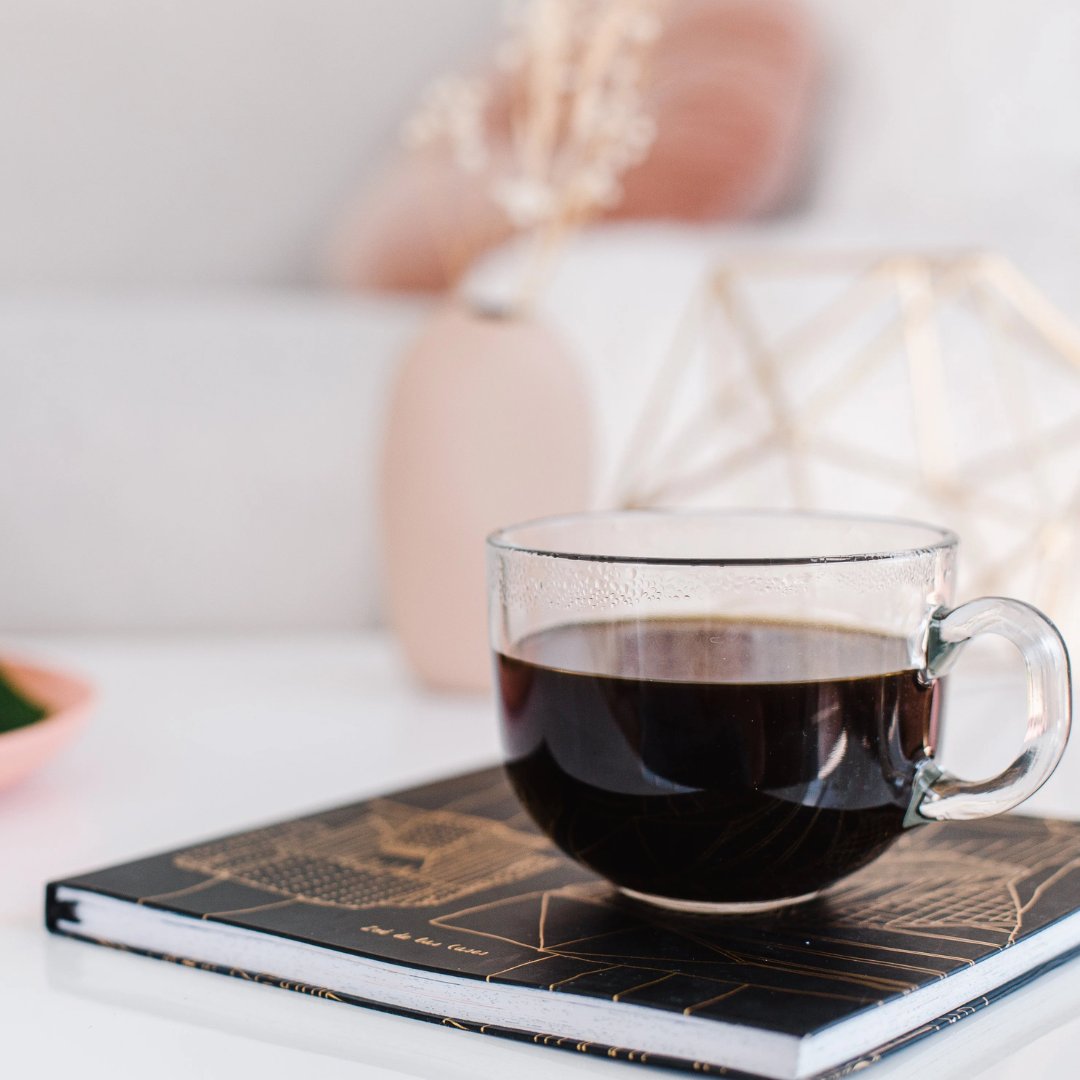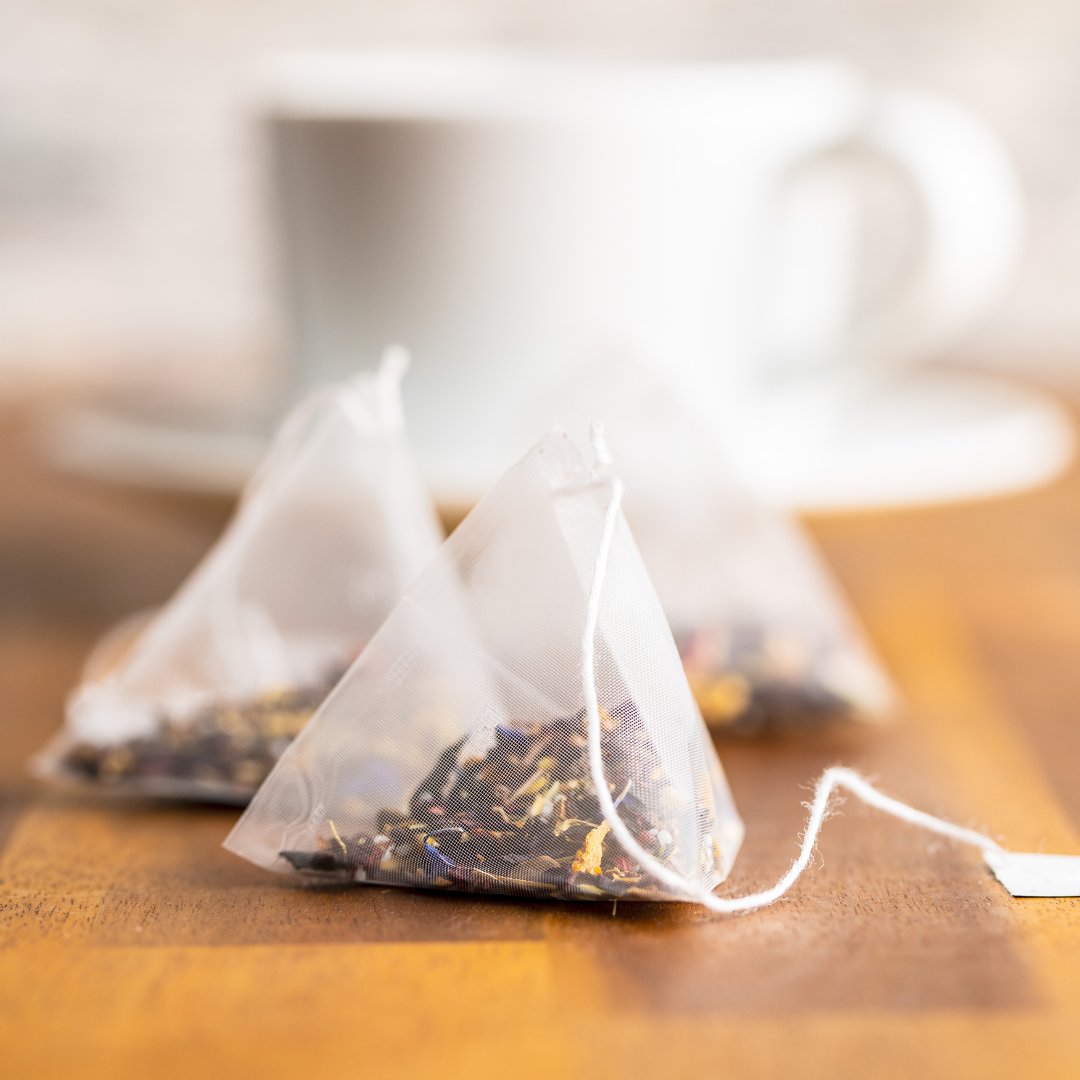Le thé vient d'un arbuste à feuilles persistantes, le théier (ou camellia sinensis), originaire des plaines orientales de l'Himalaya.
Il est préparé en infusant les feuilles séchées et est consommé depuis l'Antiquité. Il s'agit aujourd'hui de la boisson la plus consommée dans le monde après l'eau.
On peut retrouver toutes les familles de thé avec le même arbuste, puisque la seule différence est soit la sélection des feuilles ou des bourgeons, soit la fermentation qui s'en suit.
Oui mais quelle famille vous conviendrait le mieux? Comment le préparer au mieux?
Nous allons tenter de vous aider dans votre démarche d'initiation en vous proposant ce guide.
- Les différentes familles
- Thé en vrac ou en sachets
- S'initier pas à pas
- Bien choisir son infuseur et sa tasse
- Les indispensables pour bien s'équiper
Les différentes familles de thé
On ne le sait pas forcément, mais les différentes familles de thé ne représentent pas différents arbustes de thé. Sur le même arbuste, vous pouvez obtenir toutes les familles. La différence des familles provient des techniques de cultures et de séchages qui sont apportées aux feuilles de thé. Incroyable non?
Il existe 5 principales grandes familles de thé, qui ont elles même des dérivés ou des variantes.
Mais pour garder ça le plus simple possible, voici les principales:
- Le Thé Blanc
- Le Thé Vert
- Le Wulong
- Le Thé Noir
- Le Thé Vieilli

Le Thé Blanc
Le thé blanc est cultivé en Chine et récolté entre Mars et début Avril. On le trouve sous les noms Aiguilles d'argent, Bai Hao Yin Zen, Bai Mu Dan ou encore Yin Zen.
Pour le récolté, il faut ramasser à la main les bourgeons duveteux du théier provenant d'un cultivar surnommé Da Bai (ou Dai Bai qui signifie "grand blanc" en chinois).
Sa préparation demande beaucoup de soin. Il s'agit du thé le plus raffiné, il ne subit quasiment aucune transformation.
Concernant son profil aromatique, il est délicat et subtil, et on pourrait le qualifier de végétal-boisé, très légèrement sucré, à la couleur paille.
Les arômes principaux qui en ressortent sont par exemple le miel, la vanille, le foin, le bois ciré ou l'osier.
En arômes secondaires, on discernera la rose, la menthe, le cacao ou encore le thym.
Le Thé Vert
Le thé vert est aujourd'hui cultivé un peu partout sur la planète, mais les plus gros producteurs restent la Chine et le Japon. Chaque producteur à sa façon de le produire ce qui rend le thé vert aussi unique que diversifié. Dans son processus de fabrication, l'étape clé est sa torréfaction, qui se fait à la vapeur ou au wok, sur des feuilles flétries (qui évitent qu'elles ne fermentent ou ne brunissent trop). C'est notamment sa complexité qui rend le thé vert unique. Sain, énergisant, délicieux et riche en antioxydants, le thé vert est la boisson la plus populaire et la plus saine au monde, après l’eau. Les propriétés du thé vert sont multiples : riche en tanins, ce sont ces polyphénols antioxydants qui donnent au thé son arôme et son goût amer particulier. L’activité de la théanine sur le cerveau a montré une réduction du stress mental et physique, un effet relaxant et augmente la production du rythme alpha dans le cerveau. Le thé vert contient également de la vitamine C.
Le thé vert intervient également dans la production de thé aromatisé comme le genmaicha qui lui associe du riz ou le gunpowder, qui est l'ingrédient de base du thé à la menthe.
Concernant son profil aromatique, il va de léger et floral, à astringent et herbacé.
Le Matcha
Le matcha est le thé de la cérémonie japonaise Cha No Yu. Vous le trouverez sous le nom de matcha avec parfois un grade ou un nom de récolte. Il est fabriqué avec des feuilles de thé vert qui sont passées dans une meule afin d'obtenir une poudre très fine de couleur jade. Il est considéré comme le super-héros du monde du thé puisque de par sa mouture fine, les nutriments y sont plus concentrés quand vous le consommé. Il est aussi beaucoup utilisé en cuisine.
Le thé jaune
Le thé jaune est à l'origine un thé vert qui est recouvert d'un linge après sa torréfaction. Il obtient ainsi une coloration jaune de ses feuilles, en faisant un thé moelleux et sucré en bouche.
Tous nos thés verts
Le Thé Wulong (ou Oolong)
Le thé wulong ( ou Oolong) résulte d'un procédé de fabrication chinois, que l'on trouve également à Taiwan.
Il s'agit d'un thé dont l'oxydation a été interrompue en cours de processus. On utilise des feuilles plus mûres, qui contiennent moins de tanins et de caféine.
On pourrait le situer entre le thé vert et le thé noir dans la torréfaction. En effet, son caractère s'associe à la saveur du thé vert, et sa puissance au thé noir. Il peut donc être sombre et boisé, comme subtil et floral.
Le Thé Noir
Le thé noir est reconnaissable par son degré d'oxydation: il est entièrement fermenté! Il est produit un peu partout dans le monde, mais les deux plus grands acteurs sont l'Afrique de l'Est et l'Asie du Sud.
Il existe deux modes de fabrication: la méthode orthodoxe ou la méthode CTC.
Pour la méthode orthodoxe, les feuilles, qui sont plus grandes, sont torsadées, ce qui donne un thé complexe et délicat.
Pour la méthode CTC, les feuilles sont plus petites et arrondies, donnant un thé plus foncé et plus corsé.
Le thé noir est souvent utilisé pour des thés originaux, comme le Chaï, le Darjeeling ou encore l'Assam.
Coté saveurs, c'est un thé aromatique, puissant et généreux.
Le Thé Vieilli (Pu-Erh)
Appelé aussi thé sombre, le Pu-Erh est l'un des plus anciens types de thé chinois. Il remonte à la dynastie Tang (618-907) et tient son nom de la ville de Pu'er dans le Yunnan, au sud-ouest de la Chine. À l'époque le transport du thé se faisait à cheval, et il fallait trouver comment emballer le thé de façon à ce qu'il supporte les longs trajets. Les habitant de Pu'er inventèrent donc un mode de fabrication particulier, la compression en "galettes", permettant ainsi au thé de s'améliorer et non de se détériorer. Ce n'est pas un thé pour les impatients: il faut minimum 30 ans à un bon pu-erh pour arriver à maturité, l'oxydation étant ralentie par la compression.
Côté dégustation, sa saveur est puissante et douce, avec des notes de terre.
En vrac ou en sachets ?
Le sachet de thé a été inventé aux États-Unis au début de 20ème siècle. À l'origine, l'idée était de mettre des feuilles de thé dans un sachet en papier. Mais cette opération s'avérant lente et compliquée, donc couteuse, on choisit rapidement de broyer les feuilles de thé, les réduisant en fine poussière. Cela améliora la productivité, au détriment de la qualité.
On oublie souvent qu'un bon thé, c'est surtout des feuilles entières, dont la délicatesse est préservée du broyage qui est nécessaire pour la mise en sachet.
Un thé en brisure ou en poudre développe en tasse une plus grande force, les tanins étant libérés en grande quantité à cause du broyage. On perd donc toute la finesse aromatique du thé.
Pour résumer, on vous conseillera toujours d'acheter votre thé en vrac, et de l'infuser dans un contenant qui lui permette de s'ouvrir et de libérer au mieux son profil aromatique.
Mais rassurez-vous, on trouve tout de même aujourd'hui, et ce depuis les années 1980, des thés conditionnés dans des sachets, souvent en coton naturel (mousseline), pouvant contenir des feuilles entières. Ce sont de bonnes alternatives, lorsque vous voyagez par exemple, pour avoir du thé de qualité.
S'initier pas à pas
Si vous souhaitez vous initier pleinement au thé, il est préférable de suivre un cheminement pas à pas. Cela vous permettra ainsi d'aller progressivement de thés aux arômes puissants vers des thés de plus en plus subtils.
On vous conseillera donc de débuter avec des thés aux parfums prononcés et très charpenter, pour vous rendre vers des thés plus subtils de par leur tenue en bouche, leur texture et leur puissance olfactive.
En termes de famille, commencez donc par des thés parfumés, puis thés noirs, wulong, thés verts pour finir sur des thés blancs.
Choisissez des thés de qualité et équipez-vous au mieux pour faciliter votre initiation.
Il y a aussi quelques critères à respecter dans ce sens:
- Bien doser son thé.
À la méthode occidentale, on préconise 2gr pour 10 à 15cl d'eau. À la chinoise, il faut que vos feuilles de thé représentent 30 à 50% du volume de votre théière ou tasse. - La qualité de votre eau.
Partez du principe qu'un grand thé mérite une grande eau. Le chlore et le calcaire sont les ennemis du thé. La carafe filtrante est votre meilleure alliée. - Respectez la température d'infusion.
Tous les temps ne s'infusent pas à la même température. Certains thés verts ne s'infusent pas à plus de 40 degrés alors que certains thés noirs dégageront leur potentiel que dans une eau de 90 degrés. - Surveillez la durée d'infusion.
Comme pour la température de votre eau, la durée d'infusion est primordiale pour obtenir le meilleur de votre thé. Un thé trop infusé sera très amer, voire imbuvable - Servir à la bonne température.
La température idéale de dégustation du thé est située entre 40 et 50 degrés Celsius. Mais vous pouvez aussi le consommer tiède, froid ou glacé!
Bien choisir son infuseur et sa tasse
Pour avoir le maximum de plaisir lors de vos dégustations, choisissez des ustensiles adaptés. Les grands amateurs de thé par exemple utilisent une théière différente pour chacun de ses thés préférés.
Bien choisir votre système d'infusion
Dans l'idéal, il faudrait avoir un infuseur (théière, bécher) différents par famille de thé utilisée. Les thés puissants imprègnent de leurs arômes les contenants dans lesquels ils sont infusés. Pour ne pas avoir des mélanges d'arômes et gâcher vos dégustations, c'est donc une bonne solution.
Préconiser aussi un infuseur de petite à moyenne contenance. Les grands volumes (1.2 litres et plus) sont à bannir.
Bien choisir votre tasse.
L'accessoire principal de vos dégustations est bien entendu votre tasse. Elle participe activement au développement de vos sensations en bouche, notamment par ce contact avec vos lèvres.
Dans un premier temps, votre tasse doit être suffisamment épaisse pour ne pas absorber toute la chaleur du thé. Il faut qu"elle soit préalablement chauffée, pour ne pas que votre thé soit "choqué" par le froid de votre tasse. Comme pour le café, l'idéal est une tasse en céramique ou en porcelaine.


Glasses and cups
Good coffee deserves a good cup. Did you know that choosing the right cup is important to ensure you get a good cup of coffee?
Find a wide selection of glasses and mugs for your coffee and/or tea here! Discover our selection here, whether ceramic, double-walled, to-go, or with a message.
Les indispensables pour bien s'équiper
Être bien équipé dans le monde du thé, c'est - un peu comme pour le café - la première chose à faire si vous voulez déguster vos thés de la meilleure manière. Le but est surtout d'exploiter au mieux le potentiel de vos thés.
Comme vu précédemment, une des premières choses est de respecter les températures d'infusion. Les bouilloires à températures variables sont donc vos meilleures amies! Vous pouvez aussi bien vous équiper grâce à un bécher à infuser et à des tasses en céramiques.















